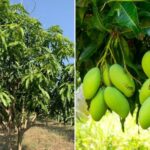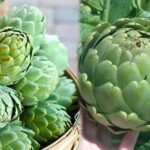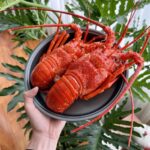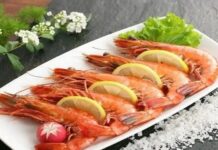The Cam Luong Sacred Fish Stream, located in the Luong Ngoc commune of Cam Thuy district, Thanh Hoa province, Vietnam, is a revered site that has drawn countless tourists, especially during the new year. But what makes this stream and its fish so special?
The Legend of the Sacred Fish Stream
The Cam Luong stream is not only a beautiful natural site but also steeped in legend due to the abundance of fish that inhabit it. These fish are considered sacred, and it is believed that consuming them will bring bad luck or even punishment.
Locals have passed down a mystical story about these sacred fish through generations, linking their origin to a serpent deity.
The area is also known as Suoi Ngoc or Mo Ngoc, nestled amidst towering limestone mountains, about 2km from the Ma River. The scenery here is both picturesque and majestic, a gift from nature. The stream itself is only over a hundred meters long, with a width ranging from 2 to 3 meters, yet it is home to thousands of fish.
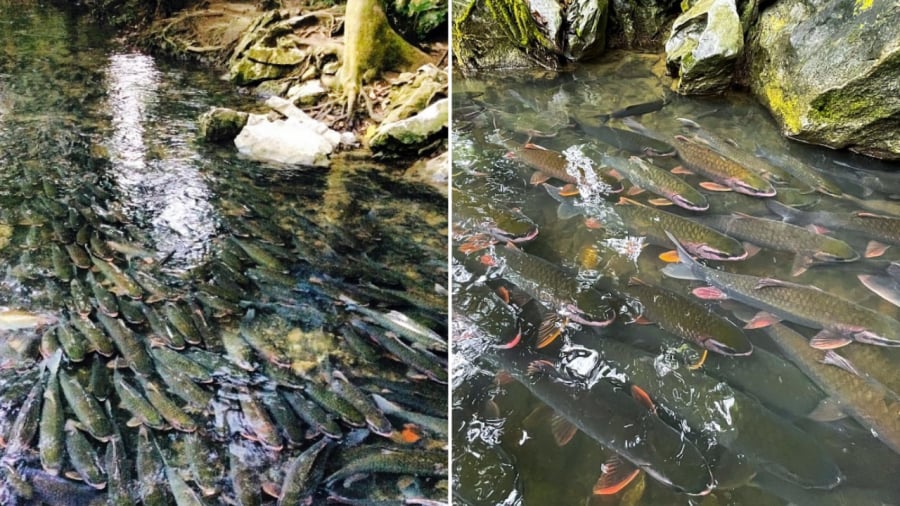
The fish here form massive schools, swimming in a loop around the roughly 100-meter-long stretch of the stream’s mouth. They never venture far. Witnessing this spectacle of large fish swimming in the stream can be awe-inspiring. Some of these fish weigh between 5 and 10 kilograms, and there are even rumors of a 30-kilogram “fish monarch.”
According to legend, this fish monarch has green and red double-lidded eyes, a red-rimmed gill flap resembling earrings, and a tail with a red dot encircled in green. It is believed that the fish monarch only appears to lead the other fish in a celebratory dance for the serpent deity worshiped at the Cam Luong stream.
One remarkable aspect of this stream is that during the flood season, when the water level rises, the fish do not migrate elsewhere. They remain close to the rocky cave. Locals recount that even when floodwaters rage, the fish are not swept away. Larger fish take refuge in the cave, while smaller ones, if carried away, find their way back. This phenomenon has reinforced the belief that the sacred fish are divinely protected and bring good fortune and peace.
During the day, the fish swim out from the cave, and as night falls, they return to its depths to rest.
Visitors can explore the nearby Cay Dang cave, adorned with colorful and uniquely shaped stalactites. These formations are believed to resemble mythical creatures and deities, such as dragons coiled in clouds, dancing goddesses, and scenes from the Muong creation epic, “De Dat De Nuoc.”
Upon exiting the Cay Dang cave, one can follow the stream to visit the shrine dedicated to the serpent deity. This site holds spiritual significance for the Muong people of Luong Ngoc. Here, the “serpent prince” is worshiped—a figure who is said to have aided the Muong people in establishing their community since the time of creation. The serpent prince is also linked to a romantic tale involving the youngest daughter of the Water Monarch. She refused an arranged marriage with a monster, angering the Water Palace, which responded with fierce storms and floods. A fierce battle ensued between the serpent prince and the monster, ending in the prince’s victory and the restoration of peace. After the battle, the serpent prince and his family disappeared, but a cave with crystal-clear waters appeared, inhabited by countless fish. The people of Luong Ngoc set up an altar near the cave to express their gratitude to the serpent prince. This altar is a place of worship, where locals believe the sacred fish represent prosperity and tranquility.
From the 8th to the 15th of the first lunar month each year, people gather by the Ngo Stream to worship the mountain, river, and fish deities. People from all over the country flock to this sacred fish stream to admire its beauty and learn about the mysterious and divine stories associated with this land.
The Truth About the Sacred Fish That No One Dares to Eat
The fish species in the Cam Luong Sacred Fish Stream is known as “ca doc” (slope fish or red-fin hillstream loach), belonging to the Cyprinidae family. This fish is found in various parts of Southeast Asia and, in Vietnam, is native to the rivers of Quang Tri, Ha Tinh, and Nghe An provinces, as well as the Ma River.
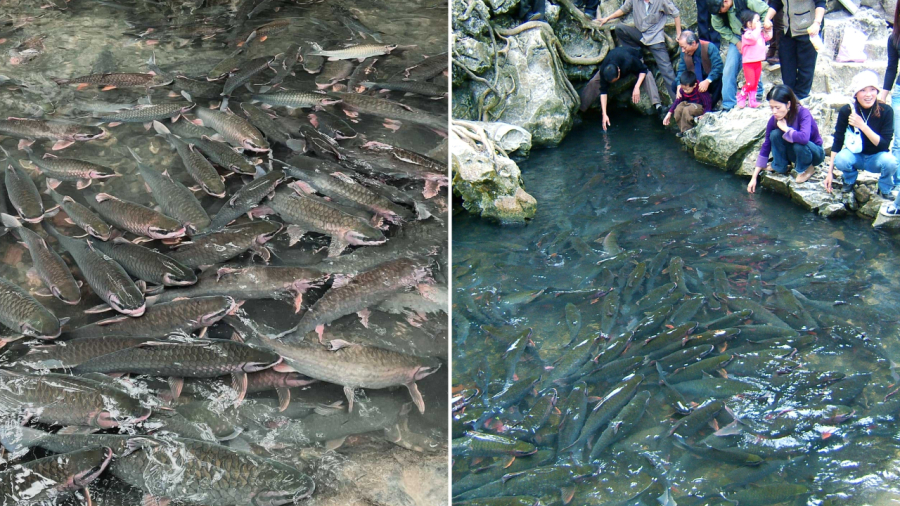
In Cam Luong, these fish are believed to be sacred, bringing good fortune and protection. It is considered taboo to eat them, as doing so may invoke punishment or bad luck.
However, in other provinces like Ha Giang, Tuyen Quang, Yen Bai, and Hoa Binh, these slope fish are caught and consumed. Despite their large size, the meat is rather bland, making it less popular as a culinary choice.
“Should You Plant a Mango Tree in Your Front Yard?”
The mango tree has long been an integral part of Vietnamese culture and lifestyle, offering not just economic and culinary value but also holding deep symbolic significance in feng shui. Is it auspicious to plant a mango tree in front of your house? Let’s delve into this intriguing question and uncover the answers within.
The World’s Fiber-Richest Vegetable, Recognized by the US: Abundant in Vietnam, Yet Underappreciated.
“The humble beetroot is a powerhouse of nutrients and is touted as the world’s richest source of nitrate. This vibrant vegetable is widely cultivated and consumed in Vietnam, with over a thousand varieties grown across the country. From vibrant purple roots to vibrant green leaves, beetroots are a versatile ingredient in the kitchen and a nutritional powerhouse. Read on as we uncover the secrets of this superfood and explore why it’s a staple in Vietnamese cuisine and traditional medicine.”


























